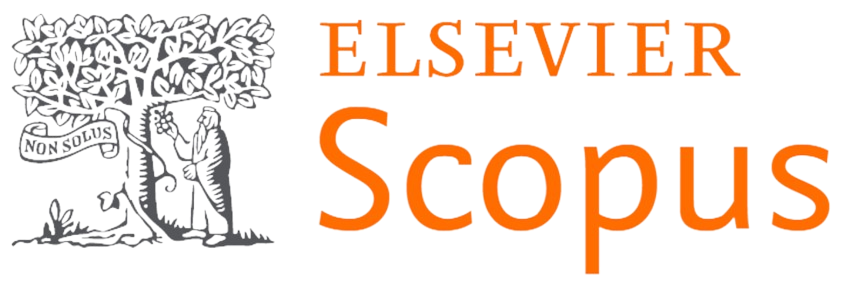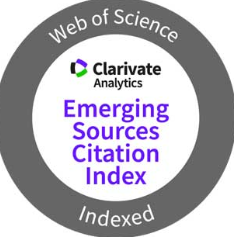Target-enrichment capturing Next-Generation Sequencing panel for screening sarcoma associated driver mutations
DOI:
https://doi.org/10.4238/gmr2383Abstract
HSarcomas comprise over 70 subtypes of mesenchymal cancers. However, driving mutation remains still unclear for most of sarcoma types. Therefore, it is very important to secure data on driving mutations, it is necessary to incorporate Next-generation sequencing technology that analyzes multiple genes simultaneously. In this article, we attempted to acheive an NGS panel that could capture genes in which sarcoma DNA mutations are frequently found. By using designed sarcoma NGS panel, we confirmed the applicability of clinical samples, confirmed the detection sensitivity of mutation frequency, and confirmed applicable sample types. The result of testing samples with self-produced low frequency mutations using this panel, the limit of detection was found to be 0.2%. By applying to clinical samples, the performance of the panel was 60% on-target and the inter-probe capture variance value were average 0.34, confirming excellent balance between the sequenced regions. Based on these results, our designed NGS panel is expected that the driving mutation can be detected from germline mutation to criculating tumor DNA level for the various sample type of sarcoma specimen, and it was found to be suitable for application to clinical specimens. The spectrum of driving mutations is very important information in determining the direction of treatment for sarcoma patients, activities to accumulate data on the mutation spectrum are very necessary. As the spectrum of specific DNA driving mutations may differ between races depending on the cancer type, our selected genes targeting NGS panel will be useful in studying the spectrum of mutations specific to Koreans in costeffective way.




